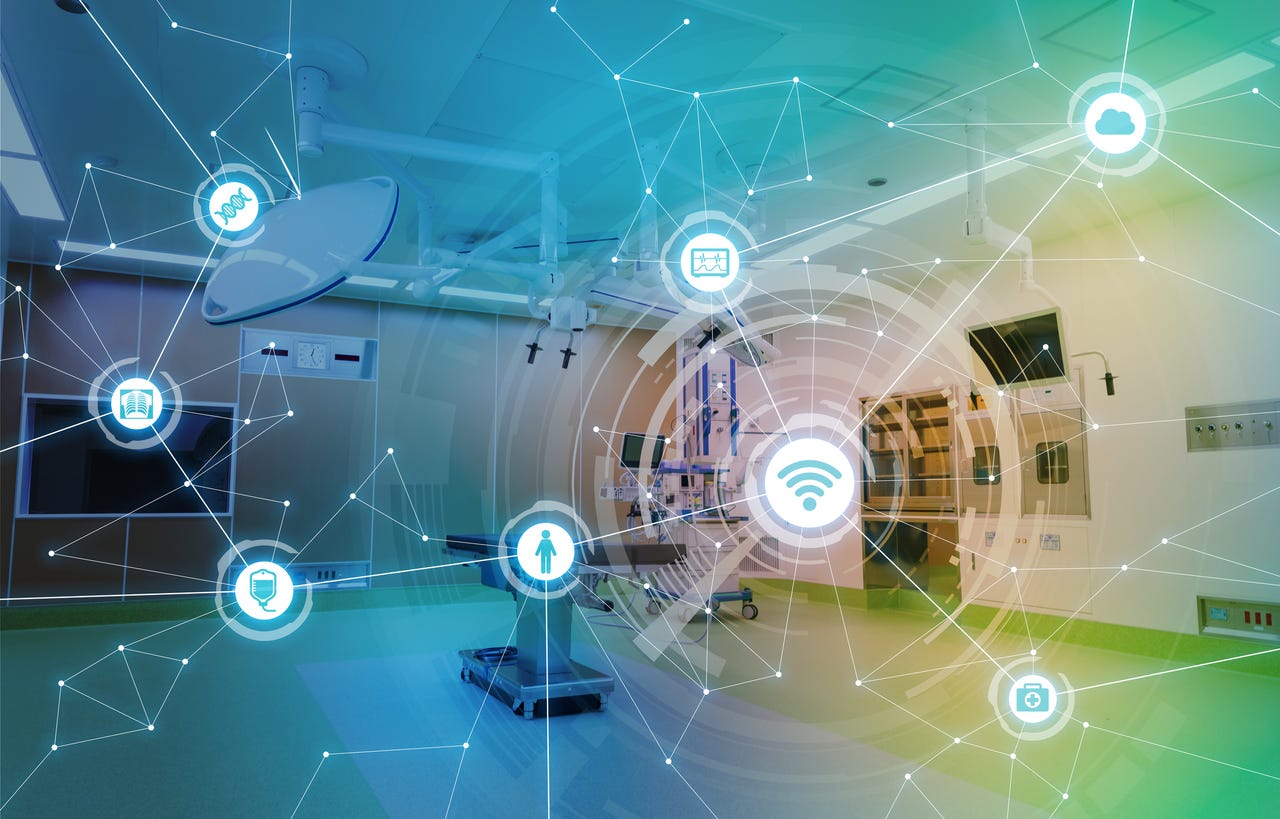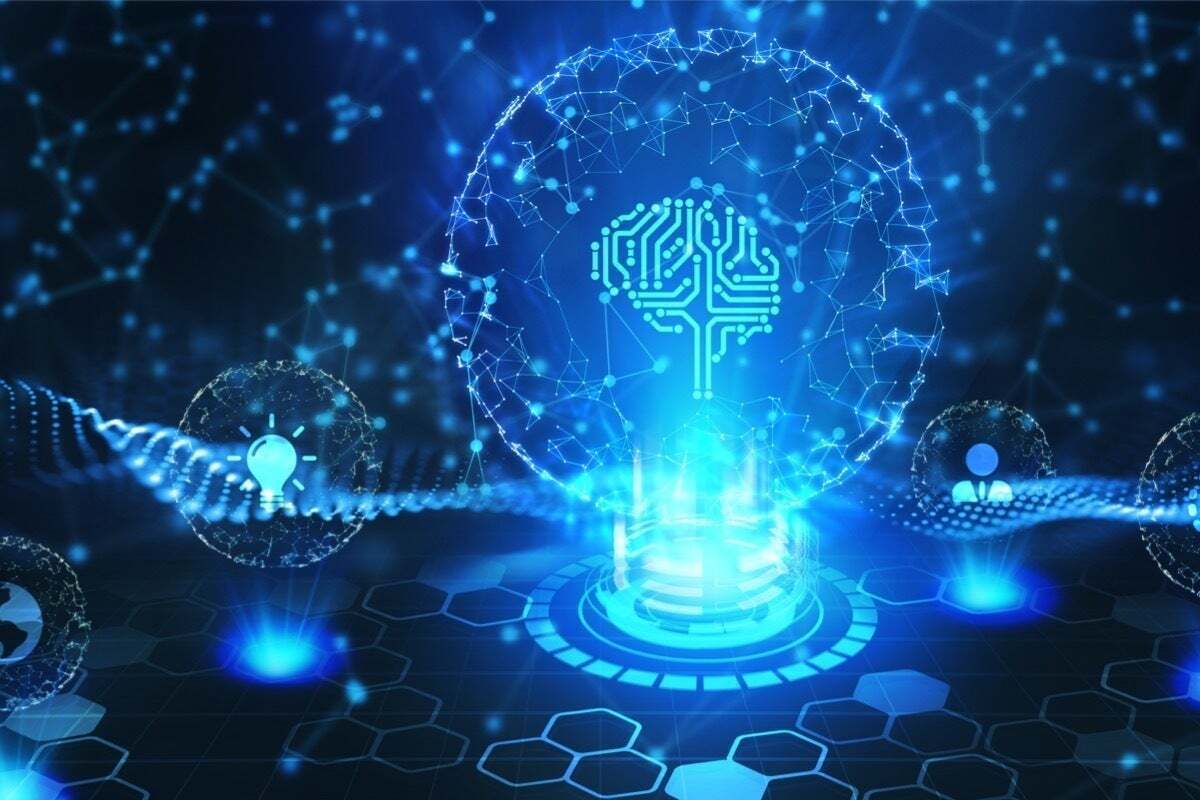How to succeed as a fractional CIO

A fractional CIO is typically an experienced IT leader who is external to the
enterprise yet acts as an accountable leader and extension of the executive
team, says Dave Hartman, president of IT management consulting firm Hartman
Executive Advisors. “A fractional CIO thinks beyond technical needs and
considers the needs of the organization from a strategic business
perspective.” ... Beyond expertise and management skills, a fractional CIO can
provide an independent point of view to enterprise leadership in critical
areas, such as emerging technologies and IT security, as well as updating or
building a technology roadmap. “This can help key decision-making and can
sometimes segue into providing more hands-on help in executing on the chosen
path,” says Amelia Tyagi, co-founder and CEO of Business Talent Group. In some
cases, an enterprise may turn to a fractional CIO to serve as an interim
executive, assuming the leadership role for a fixed period of time.
“Fractional and interim CIOs are particularly effective solutions for
companies that are undergoing rapid change, or those that have an unexpected
leadership gap” Tyagi explains.
AI Heightens Cyber Risk for Legacy Weapon Systems
Artificial intelligence's nascent centrality to offensive weapons development
means the United States should take bold steps to ensure that adversaries are
unable to develop their models, said Rand Corp. CEO Jason Matheny. "These AI
models right now are very brittle," Matheny said. "We need to be thinking
about ways that we can slow down progress elsewhere by doing things like
adversarial attacks, data poisoning and model inversion. Let's use the tricks
that we're seeing used against us and make sure that we understand the state
of the art." Data poisoning - in which adversaries alter the data used to
train AI models in order to distort the resulting algorithms - is already a
risk for the United States, said Shift5 co-founder and CEO Josh Lospinoso.
"These are real problems," he said. "We need to think clearly about shoring up
those security vulnerabilities in our AI algorithms before we deploy these
broadly and have to clean the mess up afterwards."
TUC says government is failing to protect workers from AI harms

While AI-powered workplace surveillance offers greater control to
organisations over worker behaviour, Pakes said the increasing datafication of
employees is also a “profit centre” for employers, which can sell the data on
to third parties. “Not all of us, but many of us, can take our work just about
anywhere now with technology, but it also means our work and our bosses can
follow us just about everywhere, into our private lives, into our homes,” he
said, adding that AI-powered surveillance is no longer restricted to the
“canary in the coal mine” of logistics and warehouse workers. “It doesn’t
matter if you’re blue collar or white collar, doesn’t matter if you’re in a
factory, in the office or at home – this software can check us and track us
and invade us, and we really need to talk about it.” Gina Neff, executive
director of the Minderoo Centre for Technology and Democracy at the University
of Cambridge, said that as part of her research she has interviewed numerous
economists who only offered a “collective shrug” when asked what they think
the overall, long-term impact of AI will be on work.
ENISA’s Threat Landscape and the Effect of Ransomware

According to ENISA, cybersecurity threats continued to grow during the
COVID-19 pandemic. The pandemic increased cybersecurity threats and
attack surfaces. It also provided attackers opportunities to exploit the new
normal, partly because of the growth in people’s online presence (e.g., social
media), hybrid working models and the transition to more cloud-based
solutions. The boom in the transportation industry’s courier, express and
parcel (CEP) business was also a factor because, during the pandemic, CEP
delivery services became a critical infrastructure. The acceleration in new
artificial intelligence (AI) technology and advanced features (e.g., AI
adaptability through machine learning [ML] and automated phishing email
distributions) also spurred the growth of the cybersecurity threat. These
cyberattacks become more mainstream, leading to more targeting of enterprises
through home offices. In addition, state-backed or state-sponsored groups have
taken advantage of the pandemic to conduct cyberespionage and implement
COVID-19–related social engineering lures.
This new technology could blow away GPT-4 and everything like it

Known as Hyena, the technology is able to achieve equivalent accuracy on
benchmark tests, such as question answering, while using a fraction of the
computing power. In some instances, the Hyena code is able to handle amounts
of text that make GPT-style technology simply run out of memory and fail.
"Our promising results at the sub-billion parameter scale suggest that
attention may not be all we need," write the authors. That remark refers to
the title of a landmark AI report of 2017, 'Attention is all you need'. In
that paper, Google scientist Ashish Vaswani and colleagues introduced the
world to Google's Transformer AI program. The transformer became the basis
for every one of the recent large language models. But the Transformer has a
big flaw. It uses something called "attention," where the computer program
takes the information in one group of symbols, such as words, and moves that
information to a new group of symbols, such as the answer you see from
ChatGPT, which is the output.
Skills-first hiring can increase talent pools by up to 20x

Generally, employers are looking for candidates with transferable in-demand
skills such as leadership and specific technological abilities, Duke said.
“In nearly all cases, employers will find that candidates always have skills
that can be applied to a position, even if the candidate is coming from a
vastly different industry. This increases the talent pool and makes it
easier for employers to find good candidates,” she said. As an example of
how the skills-first approach works, Duke said that when employers looking
to hire digital marketing managers use this method, the available talent
pool increases by almost 22x. “That’s because many of the skills associated
with this job are common across other jobs and industries,” she explained.
“In this case, about 30 separate job titles across the U.S. have relevant
skills for this job, but most companies would overlook those candidates.”
Every role at an organization can be broken down into a set of skills needed
to do the job well. Every person has a set of skills, whether they’re an
existing employee or part of an external talent pool, Duke said.
Data privacy implications of ChatGPT

Although automated decision-making can be useful for organizations, there
are serious concerns and risks to individuals subject to such processes,
such as adverse legal effects based on processes they may not understand
or that may be exacerbating and replicating biases and discriminatory
practices. For example, the American Civil Liberties Union has opined that
“AI is built by humans and deployed in systems and institutions that have
been marked by entrenched discrimination . . . bias is in the data used to
train the AI . . . and can rear its head throughout the AI’s design,
development, implementation, and use.” Similar concerns were raised in a
2022 Constangy webinar on AI featuring Commissioner Keith Sonderling of
the Equal Employment Opportunity Commission. Further, the Italian data
protection authority is investigating additional data privacy implications
of ChatGPT, such as whether it can comply with the GDPR, its legal basis
for processing, collecting, and storing mass amounts of personal data, and
its lack of age verification tools. In the meantime, Italy has temporarily
banned ChatGPT.
Why is ETL Dying?

Traditional ETL pipelines have faced difficulties in supporting the agility
required by modern analytics use cases, leaving business users waiting in
line for their desired results. As a result, ETL pipelines are often viewed
as a hindrance to better performance and businesses must carefully assess
their current role and explore how they can be optimally leveraged in the
contemporary analytics landscape. Traditional ETL processes require moving
large amounts of data across various stages and systems, making them slow,
demanding on resources, and prone to errors. This can be challenging for
modern data-driven businesses to manage, as traditional ETL tools often come
with a high price tag and demand substantial investments in hardware,
software, and personnel resources. In contrast, newer data platforms present
pre-built services and extensions that can lessen these expenses and enable
enterprises to concentrate on providing meaningful outcomes to their users.
For example, Google Data Stream is an instance of this approach, which is
capable of managing real-time CDC with minimal coding or setup.
These medical IoT devices carry the biggest security risks

"Advances in technology are essential to improve the speed and quality of
care delivery as the industry is challenged with a shortage of care
providers, but with increasingly connected care comes a bigger attack
surface," said Mohammad Waqas, Armis' principal solutions architect for
healthcare. "Protecting every type of connected device, medical, IoT, even
the building management systems, with full visibility and continuous
contextualised monitoring is a key element to ensuring patient safety." The
prevalence of unprotected devices comes as the healthcare sector continues
to face fresh cybersecurity risks. The sector saw a 31% climb in threat
activities between January and March this year compared to the previous
quarter, according to Armis, citing figures from its intelligence platform.
Other evidence suggests the healthcare sector is increasingly reliant on
connected devices. ... Singapore's Cyber Security Agency (CSA) has also
warned that critical IoT devices are potential targets in ransomware
attacks, with cyber criminals recognising that the infection of these
devices could lead to significant downtime costs and damage.
IBM takes a pragmatic approach to enterprise AI

IBM has integrated AI with its mainframes. The newest z16 Big Iron boasts an
AI accelerator built onto its core Telum processor that can do 300 billion
deep-learning inferences per day with one millisecond latency, according to
IBM. The latest version of its z/OS operating system will include a new AI
Framework for system operations to optimize IT processes, simplify
management, improve performance, and reduce skill requirements. The new
version will also support technologies to deploy AI workloads co-located
with z/OS applications and will feature improved cloud capabilities. IBM
said AI-powered workload management will intelligently predict upcoming
workloads and react by allocating an appropriate number of batch runs, thus
eliminating manual fine-tuning and trial-and-error approaches. “Systems are
getting more and more complex, so we want to simply operations through with
AI and automation by bringing a very prescriptive solution to our clients
that will give them value out of the box and then much more,” Chopra said.
Quote for the day:
"Leaders need to strike a balance between action and patience." --
Doug Smith
No comments:
Post a Comment